The cheese boards of Manichaeism
- stme
- Apr 9, 2020
- 8 min read
Updated: May 2, 2020
Hello and welcome to our ultimate cheese boards of Manichaeism. We invite you on a journey to celebrate foods, explore the religion of Manichaeism, and see how world pandemics affect the people in the world. Our cheese boards are our little slice of peace and paradise during this time, and we mindfully curated boards to celebrate Mani and his religion through food. Below you can explore some of the recipes that go into making our cheese boards, the significance of every element in our cheese boards, connections between our boards and Manichaeism, and ultimately an exploration of Manichaeism as a faith. We hope you enjoy our little work of art.
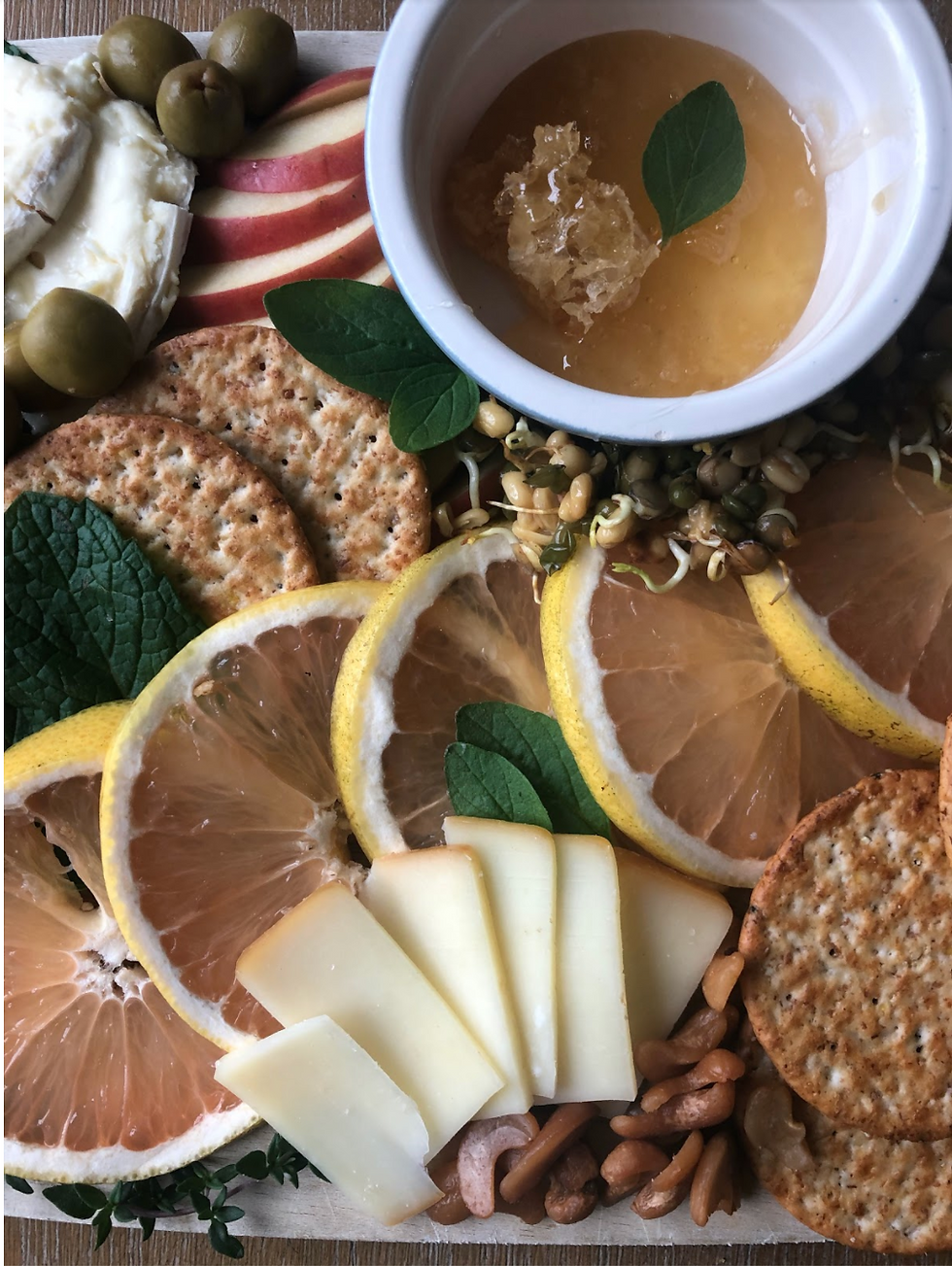
Each person must nourish it [the body] with beauty and knowledge, that is the way it can flourish. It is only through the light within him that a man is great
-Amin Maalouf, The Gardens of Light
What You’ll Need
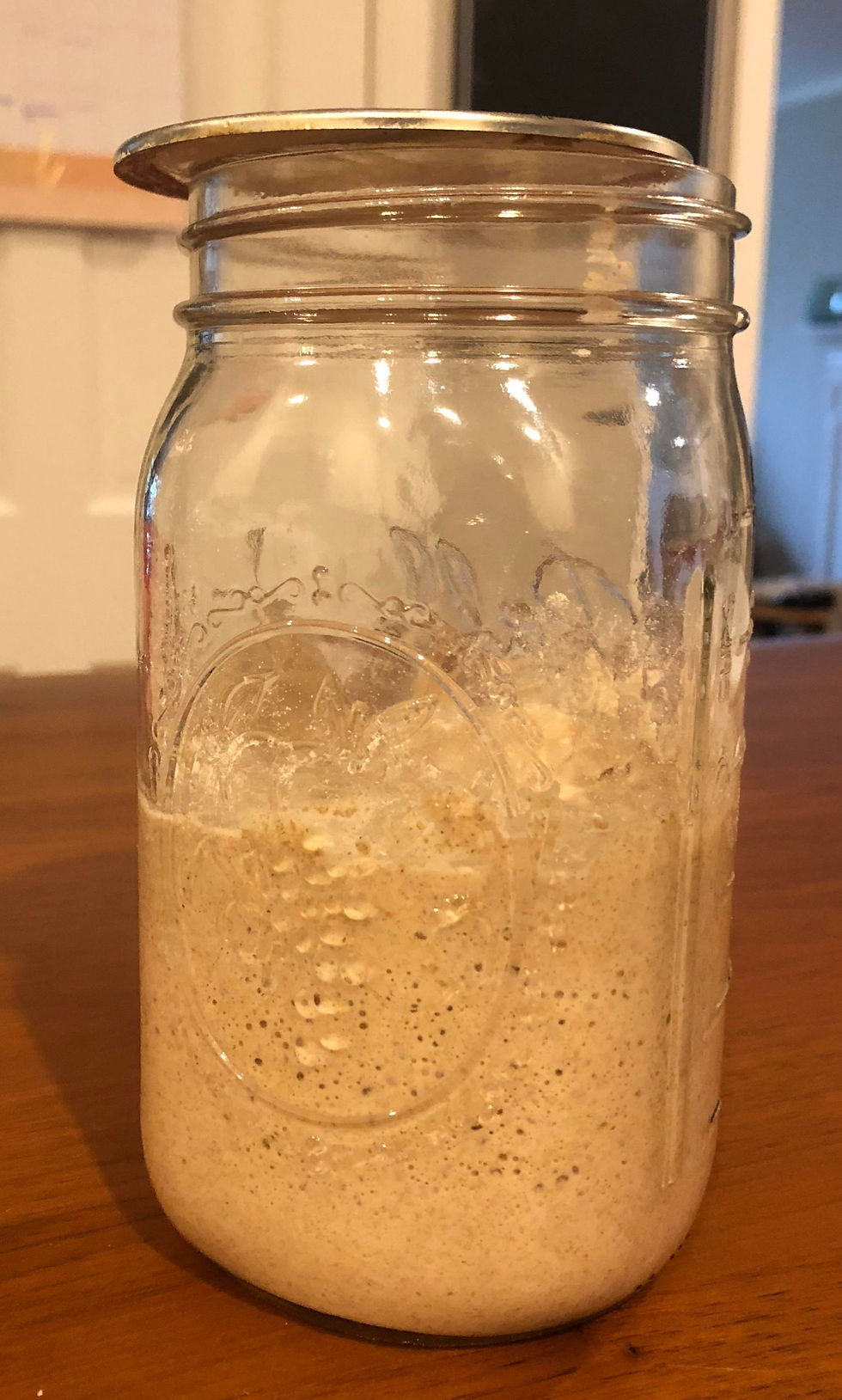
Cheese
Toasted sourdough or crackers
Herbs
Fruit
How to Make Sourdough
The Starter 30 grams of flour
30 grams of water
Mix 30 grams of flour and 30 grams of water in a bowl. Add to a glass jar and keep slightly open. Let the jar sit in a warm location, if not, on the kitchen counter. To make a loaf about every two days, every subsequent morning, add another 30 grams of flour and 30 grams of water to the jar and mix. If you want to make bread less frequently, add less flour and water. The starter should start to ferment and rise and will eventually look something like this:
The Bread 50 grams of starter 350 grams of water 500 grams of white bread flour 1 teaspoon of salt Mix 50 grams of starter with 350 grams of room temperature water and stir them together. Next, add 500 grams of white bread flour and 1 teaspoon of salt. Cover the bowl with a plastic bag or shower cap and leave it for an hour on the kitchen counter. After an hour, lift and fold the dough (about 25 times) and bring it into a smooth ball of dough. Cover the bow
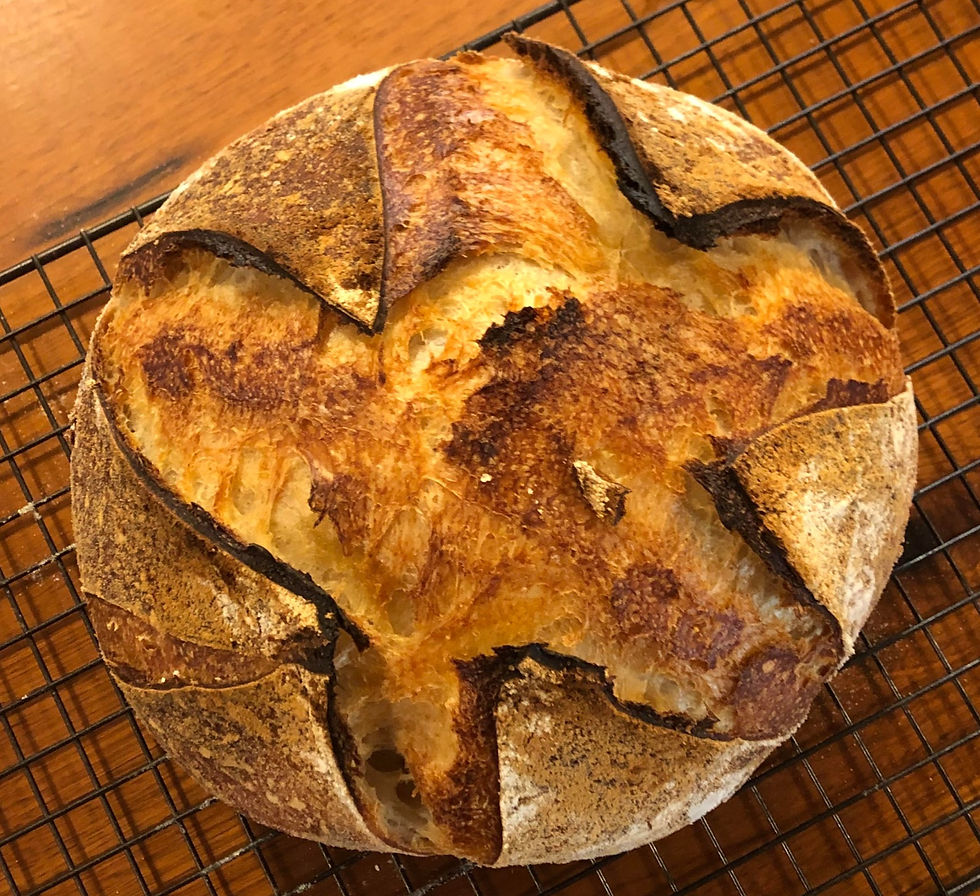
l again and leave it out on the kitchen counter. Over the next few hours, lift and fold the dough 2 to 4 more times over the next few hours. After this, cover the bowl again and leave it on the counter overnight. Next morning, the dough should have grown at least double in size. In the bowl, gently fold and lift the dough around 10 times, being careful not to over-handle it so you don’t deflate the bubbles. If you have a banneton, flour it with rice flour all over. If you don’t have a banneton, line a colander with a linen cloth or dish towel and flour it. Put the dough in the banneton. Gently lift the sides and sprinkle rice flour on them. Sprinkle rice flour on the top of the dough as well. Cover the banneton or colander with a plastic bag or shower cap and put it in the fridge for at least 3 hours to proof. The longer you leave it in the fridge, the more sourdough flavor it will have. After at least 3 hours, preheat the oven to 450°F (230°C). Once the oven is ready, remove the banneton or colander containing the dough. Line a Dutch oven with parchment paper. Put the dough in by putting the Dutch oven over the top of the banneton or colander and then inverting both to flip the dough into the Dutch oven. Gently score the top of the dough with a knife. Put the lid of the Dutch oven on and bake for 50 minutes.
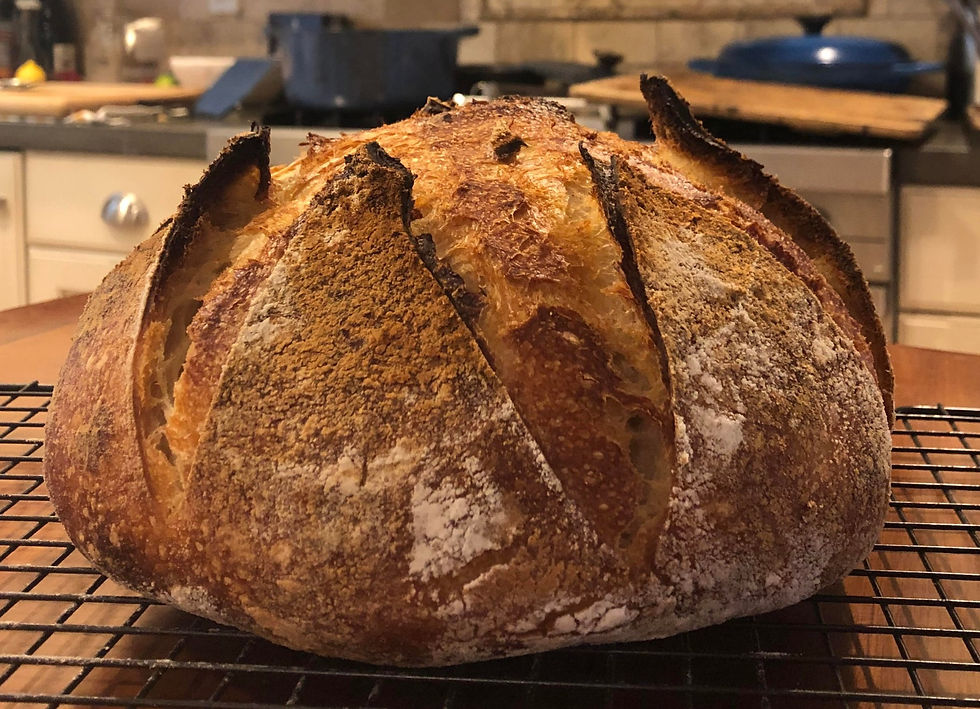
After 50 minutes, take the Dutch oven out of the oven and put the loaf on the rack to cool. Do not cut the bread before letting it cool for at least an hour or it will become gummy. But after an hour, enjoy!
What It Means
Cheese
The central tenet of Manicheism is the duality of light and dark. The cosmogony of Manicheism argues that the forces of light and dark did not always exist together and there was once a spiritual world of lightness and a material world of darkness. When the world was created, both light and dark entered it and now the light and the dark exist in all of us and in everything. We tried to use cheeses that had elements of light and dark and since a cheese board is based in cheese and Manicheism is based in the duality of light and dark, we chose to express this theme in the cheese. Sourdough
Sourdough has to be made from a starter. This starter is made of flour and water and left open to the air to collect yeast. A sourdough starter must be “fed” every day with more flour and it will rise and grow over time. A central tenet of Manicheism is that people must work towards expanding the lightness within them by nurturing their lightness. Sourdough must also be fed and nurtured, and without this care, it will not rise.
Fruit
Manicheism links light to beauty, claiming that that which is light will also be beautiful. As shown in The Gardens of Light, Mani found that this beauty existed in fruit. Mani told his followers, “observe the watermelon. Your eyes rejoice in its color, your nose in its discreet aroma, your hand caresses its firm, smooth skin… Begin at the extremities, then approach the heart, and every mouthful will bring you nearer to the Gardens of Light.” Hence, we included fruit in our cheese board as a path to the Gardens of Light. Herbs
Manichaeism places a huge emphasis on a connection between humans and nature. In The Gardens of Light, Mani said “o Lord, in order to prepare this meal it was necessary to offend the soil, the plants, and other creatures. But those who did so intended only to nourish the Light which is within man and to let Thy word live.” Eating whole food from the Earth was encouraged by Mani to celebrate Earth’s light. To do this, our cheese plate has fresh herbs from our gardens. These herbs must be home grown and nurtured because Mani believes we should nourish ourselves with the light we ourselves work to create. For these cheese plates, we utilized thyme, sweet mint leaves, basil, and rosemary. The Coronavirus Connection Manicheism and other such Gnostic movements were borne out of feelings of discontentment and of questioning the status quo. The coronavirus pandemic has changed everything about how we live: from where we go to who we see to what we eat. It’s dangerous to go outside, especially often, so we’ve found ourselves having to make do with what food we have in the house already. While there are things we would have loved to include on a cheese board, such as edible flowers, we don’t have the luxury of running to the grocery store for just one item. Additionally, sourdough has been touted as a reliable bread that’s easy to make (hence its popularity for many of us in quarantine). Sourdough is dependable and in this time of uncertainty, it’s nice to have something that we can count on. In times of need, we seek out our comfort foods: things that are decadent, cheesey, sweet, and remind us of happier days. As Manicheism teaches, there’s light in everything. It’s up to us to nurture it within ourselves and seek it out in others.
A huge element of Manichaeism is to unite and connect with others, even in times of conflict and strife. For example, in Gardens of Light, Mani believed that the only way to stop the conflict and war during his time was through connecting people under a religion which accepted all. He taught that everyone had light within them and that we must accept and share the light of others. In quarantine, this message could not be more prevalent. It is an easy time right now to become disconnected from the world and cut ourself off from our friends and loved ones, but it is incredibly important for our wellbeing to stay connected. Even if we all must be kept safe and separate in our homes, we can still connect with one another and share our light. For us, we connect through shared activities and shared hobbies. In our case, this is cooking. Cooking connects us with our family members and each other, and this project gave us an opportunity to share our love of food together and connect as people. This powerful connection between everyone and the Earth is important to Manichaeism, and it is a comforting feeling and revelation during this quarantine. Even though we are physically apart, we’ve created food together in two different places, connected, and shared our light.
Ash’s final visions
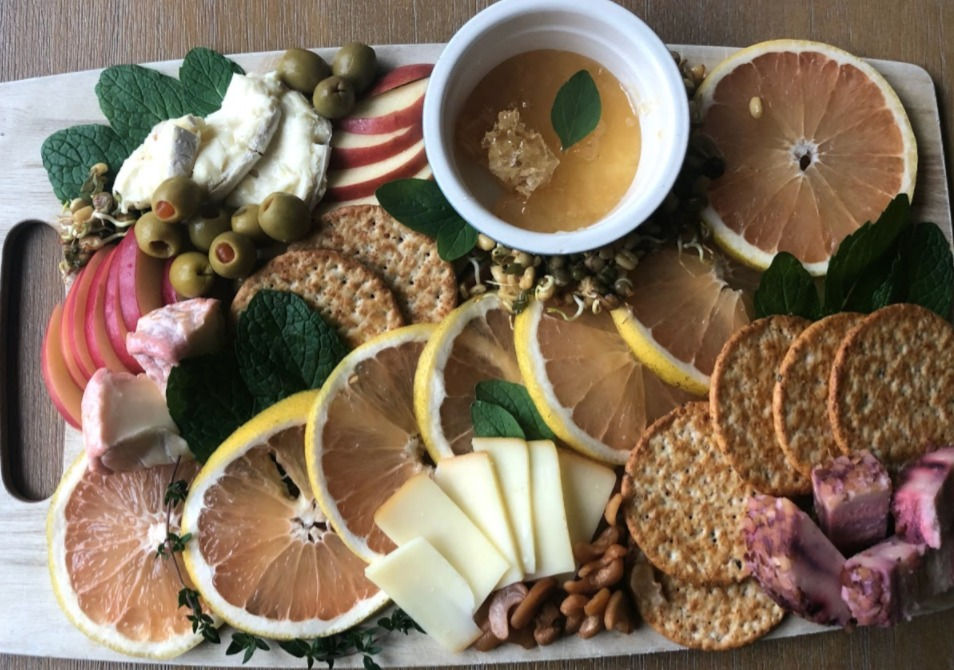
The concept of this board was a vegetarian based cheese board that was rooted in the organic and holistic approach of Mani. The food on the board and the placement of each piece of food was done carefully and mindfully. I focused on a raw, earthy color palette because I wanted to emphasize the link between Manichaeism and nature. Most foods on the board are whole fruits and vegetables. The thyme, sweet mint leaves, basil, and sprouts are all grown in my own garden, the honeycomb is from a small local Virginian farm, and the cheeses came from a local “cheesery.” I wanted to focus on local ingredients and simple raw fruits because Mani taught that light can be found in the simple foods from our Earth and our own “Garden of Light.” We must nourish ourselves with this light, and this light continues on and surrounds everything in this world. To continue on this path of life, I even germinated the seeds from the fruits on this cheese board with the hope that I can hopefully cultivate new seedlings for more fruit crops. Continuing on with the placement of foods on the board, I wanted the board to look wild and abundant, but still peaceful and calming. The grapefruit slices are the base of the board and they follow a gentle curve, and I built the shapes of food around the curve. I ensured to connect every element on the plate because Mani placed great emphasis on the interconnectedness of nature. While there are many elements on the board, the earthy color palette and smooth connection between each element ultimately creates a calming, beautiful cheese board. Beauty was another great element of Manichaeism, and I believe this board celebrates the beauty and peace found in nourishing ourselves with light.
Abby’s final visions
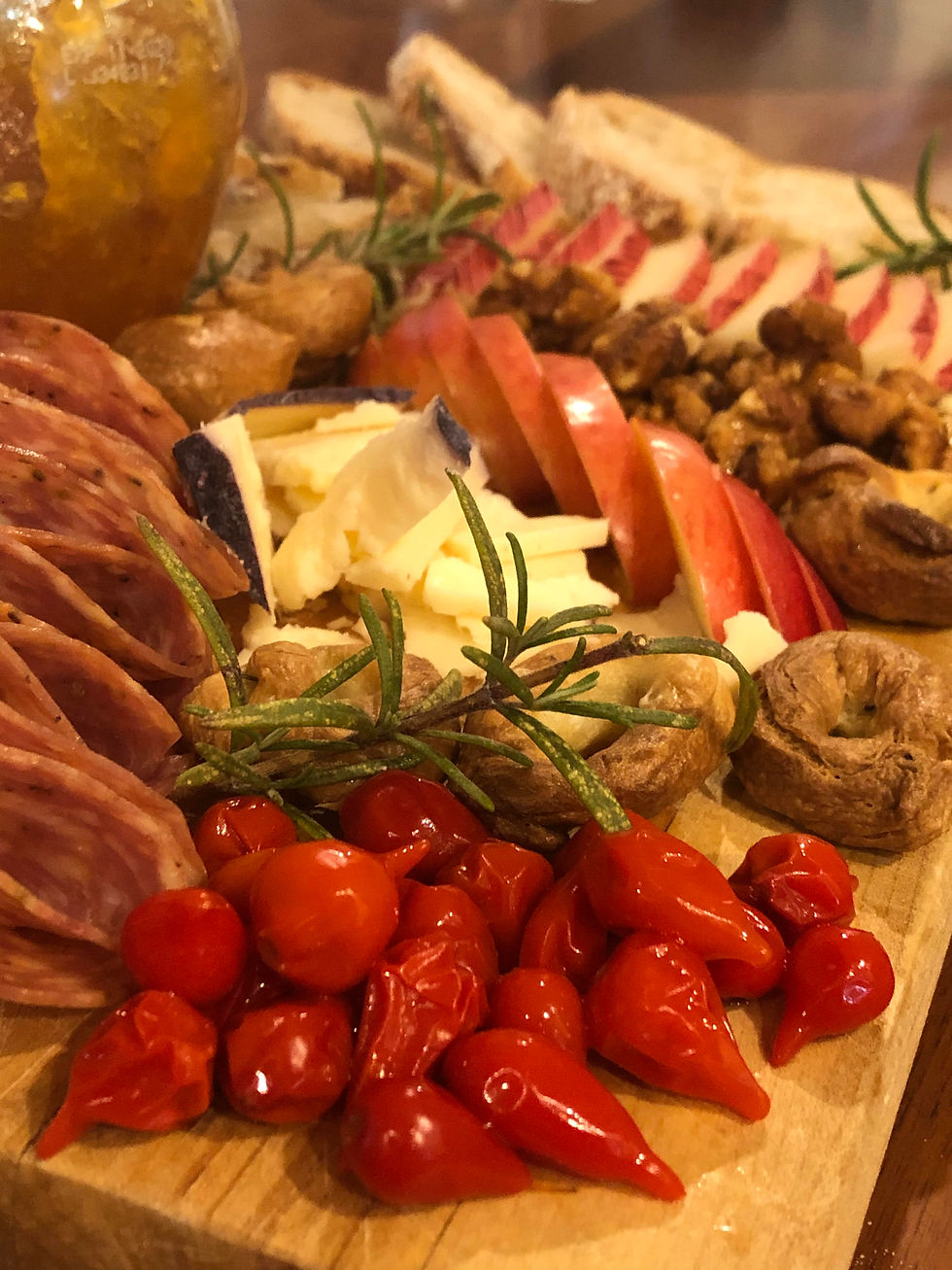
Like Ash, I wanted to emphasize the natural beauty of food as well as its taste. I used my homemade sourdough as well as my homemade Italian pepper taralli (but that recipe is a family secret). The rosemary was grown in my garden and has made it through all of our Connecticut winters. I also tried to make my board both geometric and natural, using the existing shapes of the components as building blocks for the final product. The petits poivrons peppers are tart and slightly spicy, while the apple is mellow and sweet. The Manchego cheese (with the orange rind) is a hard cheese with more mild flavors, which makes it perfect for pairing with apples, nuts, and bread. Toscano cheese is a softer cheese with nutty notes. This particular Toscano (with the purple rind) was soaked in Syrah, a red wine with a strong fruit taste. These two main flavors complement each other and form my personal favorite cheese. Ultimately, I wanted to make a board that was both flavorful and beautiful. While the cheese board was surely a labor of love, Manicheism teaches that there’s no better way to grow towards the light.
Thank you for joining us on our journey! We hope you enjoyed it and celebrate the light in your world today.
By Abby Thompson and Ash Kjorness


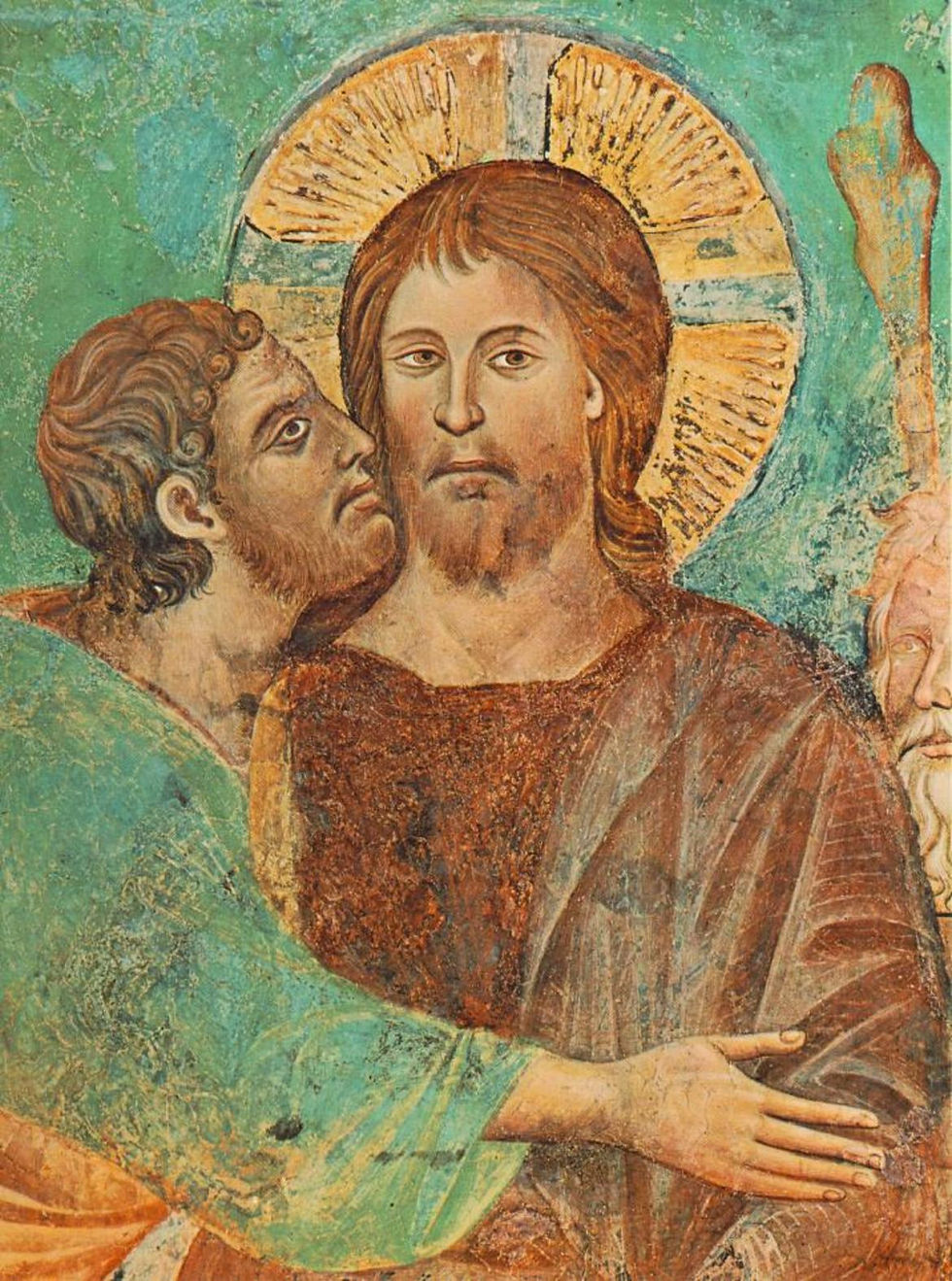
Comments